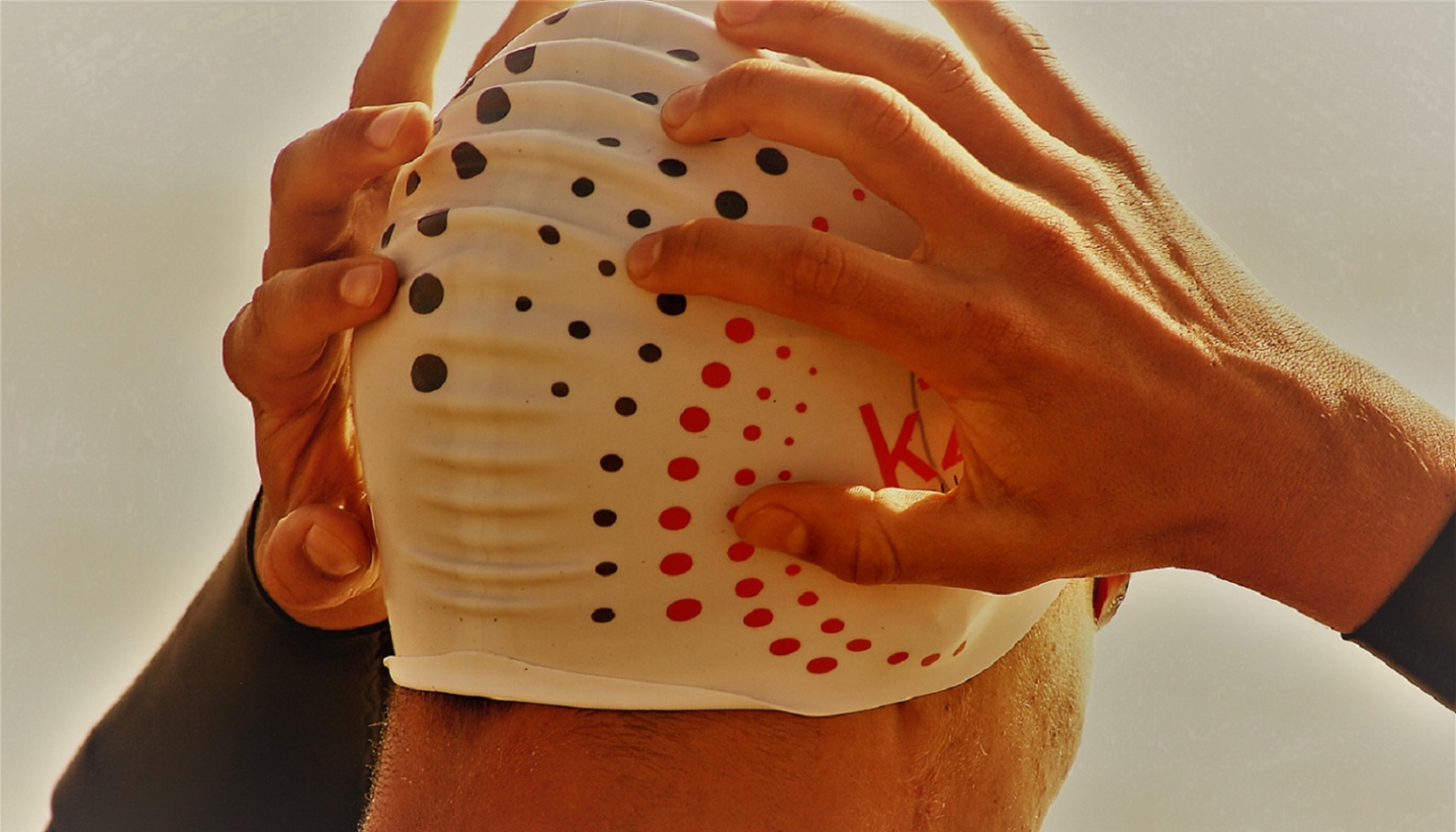Strength coding and direction
Movement Strength Codification and its Direction through Primary Motor Cortex
Pyramidal cells download from Primary Motor Cortex codes two movement aspects: strength and direction.
Neurophysiology of Behavior, studied by Edgard Evarst, is a great support to understand the result of our Nervous System and the common mistakes observed in plenty of sportsmen while performing swimming strokes.
Let's use the entry of the crawl style and the search for a grip in order to move around as an example. The tendency in teaching is to look for length to minimize strokes and get a lower swimming frequency that provides us with less general fatigue, economizing and capitalizing our style. The student’s answer, the complete opposite. On the other hand, many of the participants often have the first contact with the thumb along with a light hyperextension of the wrist, favored by resistance the hand finds while touching the water; denying a deeper entrance, taking into account that hand and arm tend to buoyancy. Consequently, a superficial entrance with internal rotation and bending of the forearm. Following with a general analysis of visual appreciation of described gestures, entrance is often perform with the arm bend, even crossing the axial axis, invading the contralateral part of hand and arm, favoring a lateral and sneaky movement in our advance with a fallen elbow, which favors the constriction between the Acromion and the Humerus, and a leverage arm unprofitable to apply force. Let’s see what is s happening at nervous level when this occurs and why.
Triggering frequency of action potentialites previous to execute a movement increase when the resistance to mature also does so. In the case of direction and posture, levers forming the hand must mature water opposition, besides looking for that stroke length in search of a deeper grip that prevents the strangle of the rotator cuff by the Acromion against the Humerus, very common cause of the Swimmer’s Shoulder. This deep entrance, observed in the Sagittal plane, along with the shoulder, mechanically optimizes the arm’s leverage system, when the first phalanx are in a lower position regarding the hand, and this one goes down with regard to the elbow. But we have a problem. The implication and execution without aid is, not always but in most cases, insufficient.
In order to activate and improve speed and triggering nervous frequency, communication between the combination of levers, muscles, tendons, joints and skin, and the CNS must have a communication channel that clarifies and organizes the theory at our disposal. In this way, our Primary Motor Cortex will be able to undertake swimming moves, if we could have provided information before through directed stimulation, which allows the Prefrontal Cortex and organizes relevant actions, being able to anticipate and code the necessary force to a better application in each moment, even against what automatically our Cerebellum is modulating as common and learnt.
Evarst demonstrated with apes that triggering anticipation in action potentialities and their frequency, increased prior to their execution and it was proportional to the force the had to deliver. These experiments had juice supply as a reward for the apes.
Swimmers in search of an optimal gesture, not always and not in every case, perform properly trajectories, and because of the tridimensional way that provides better results, not event with the hand posture that contributes with the best efficiency. Used tools must favor direction and cause the triggering frequency to increase, improving the implication of a greater number of motor units in key moments, in order to enhance sustenance and drive forces. Taking into consideration that swimmer’s propulsive actions are performed supported in bodies of water that are static and favored by the sustenance aspect, we should optimize each stage bearing in mind not only the favorite movement direction of each neuronal group by the Primary Motor Cortex, but also hand and forearm disposition according to recent biomechanical researches, as well as maintenance of core posture and kicking that provide less resistance.
Through Neurophysiology of Behaviour, it was established the hypothesis of A. Georgopoulos about how direction is coded by means of neuronal group code. The different triggering frequencies cide a direction of movement.
It was demonstrated that Primary Motor Cortex neurons increase their download frequency during the movement of a certain direction, 180º in the direction of the arm, called favored direction. Although they also download in +- 45º regarding that direction.
This brought down the Penfield’s idea about the motor map in the cortex, because he thought cortex neurons connected motor neurons in each muscle. After the demonstration of Georgopoulos’ hypothesis the course of research changed and it was clear that each cortex neuron has a favored direction and connects motor neurons from different muscles in search of favored joint movements. Therefore, we have a motor map of movements, not of muscles.
J. Bonal Pedrón
Share this article




